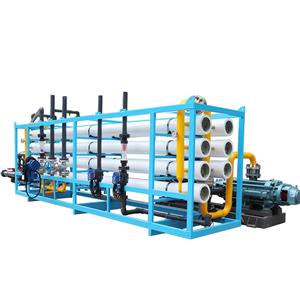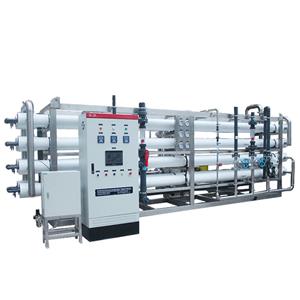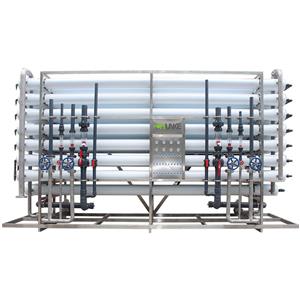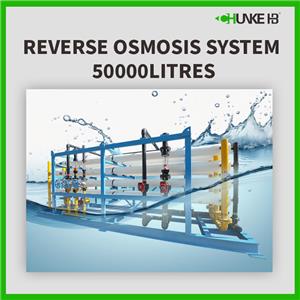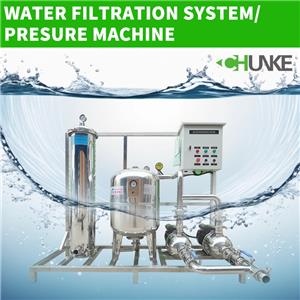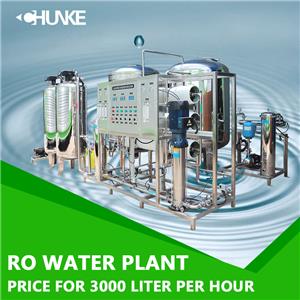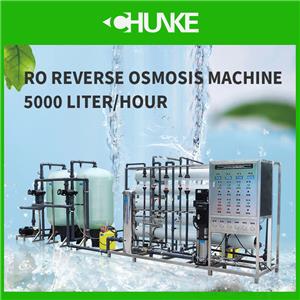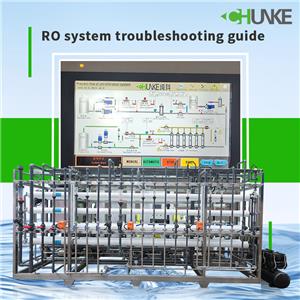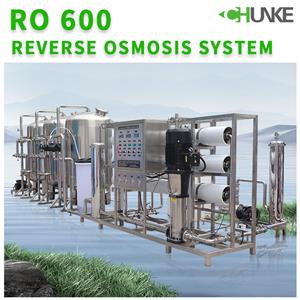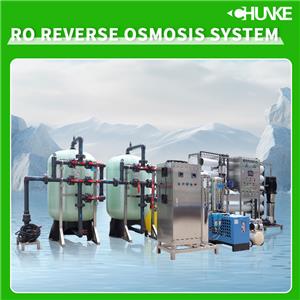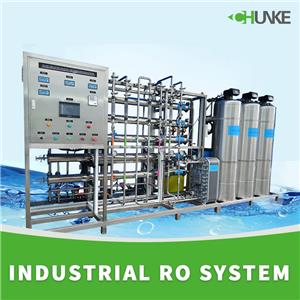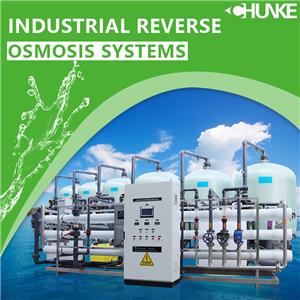-
12-05 2024
Which reverse osmosis system is best for salt water?
When treating salt water, it is crucial to choose a suitable reverse osmosis system, especially the standard seawater reverse osmosis system (SWRO) and the brackish water reverse osmosis system (BWRO) have obvious advantages in treating water sources with different salt contents.
-
09-17 2024
Which industries need a 50,000 L/h Reverse osmosis system?
The treatment capacity of 50,000 liters per hour is a moderate size for large power plants, which can provide a continuous supply of pure water to boilers, ensuring power generation efficiency and long-term stable operation of equipment.
-
08-15 2024
How much water pressure does a water filtration system need?
Because it needs to pass through a semi-permeable membrane to remove dissolved solids and microorganisms in the water, the RO system has a higher water pressure requirement. A RO system requires a water pressure of 40-80 psi to operate normally, and the optimal operating pressure is around 60 psi.
-
07-24 2024
How much does a 3000 L/h RO system cost?
● High-end system: about $60,000 to $100,000. Includes complex pretreatment equipment, top-level reverse osmosis membrane, most advanced high-pressure pump and fully automated control system, suitable for applications with poor water quality or extremely high water quality requirements.
-
07-11 2024
How much will a 5000 liters/hour RO machine increase the water and electricity bill?
A reverse osmosis system with a processing capacity of 5,000 liters/hour has a monthly electricity bill of approximately US$150, a water bill of approximately US$2,500, and a total operating cost of US$2,650.
-
06-11 2024
Common Troubleshooting Guide for Reverse Osmosis Systems
Common Troubleshooting Guide for Reverse Osmosis Systems 1. No water from RO system: 2. Slow water flow through faucet: 3. Leaking membrane housing: 4. Leaking RO filter housing: 5. Leaking faucet: 6. Bad taste or odor: 7. Cloudy ice or milky water: 8. Noisy drain or faucet: 9. Leaking joints:...
-
03-27 2024
How often should you flush your reverse osmosis system?
As a general rule of thumb, cleaning is recommended every 3 to 12 months. Every reverse osmosis system requires frequent cleaning in place (CIP). However, the frequency will depend on many factors, including water chemistry and desired recovery rates.
-
03-18 2024
Does the reverse osmosis system always drain?
Not all reverse osmosis systems drain water. Drainage usually occurs under the following conditions: The reverse osmosis system shuts down when the tank pressure reaches 2/3 of the supply line pressure and the ASO (automatic shut-off valve) closes.
-
12-14 2023
How to ensure the stability and reliability of industrial ro systems?
The article emphasizes providing stable and reliable reverse osmosis systems in industrial production. By selecting high-quality raw materials, strict manufacturing processes, regular maintenance and monitoring, and professional training, suppliers are committed to ensuring efficient system operation. Customize solutions and strengthen after-sales service system to further meet customer needs, and jointly establish sustainable water treatment solutions.
-
12-11 2023
Does industrial reverse osmosis system have environmental characteristics?
Industrial reverse osmosis systems use advanced technology to achieve efficient utilization of water resources, wastewater reduction, and energy conservation. Its environmental characteristics also provide new directions for waste disposal. Although the initial investment is relatively high, the long-term environmental benefits and cost reduction brought by the system will help enterprises create considerable economic returns, making it the best choice for green development.

